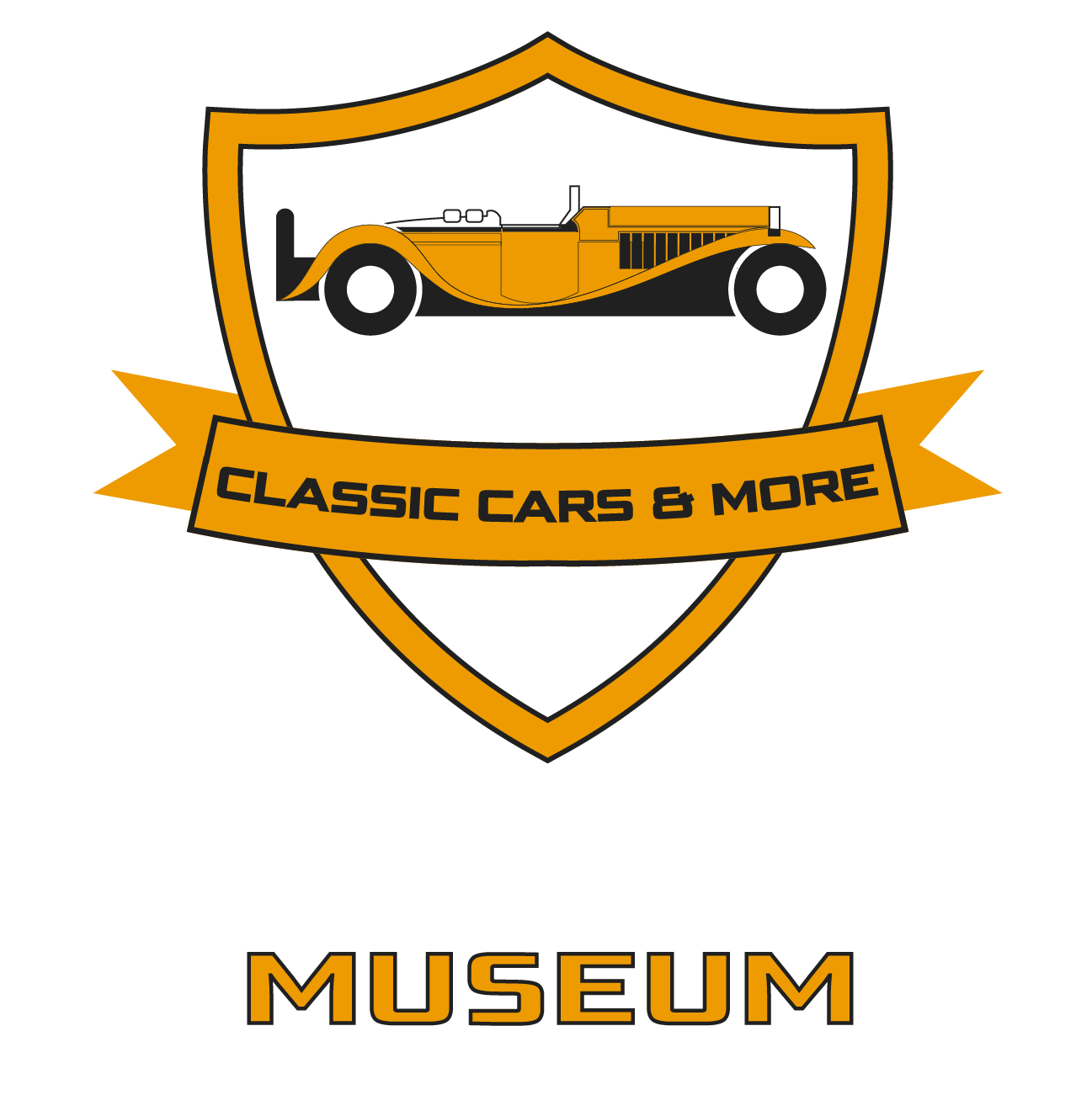365 DAILY NEWSLETTER
CITROËN DS
The Citroën DS is a front mid-engined, front-wheel drive executive car manufactured and marketed by Citroën from 1955 to 1975, in fastback/sedan, wagon, and convertible body configurations, across three series of one generation.
Marketed with a less expensive variant, the Citroën ID, the DS was known for its aerodynamic, futuristic body design; unorthodox, quirky, and innovative technology, and it set new standards in ride quality, handling, and braking. The 1967 series 3 also introduced directional headlights to a mass-produced car.
Italian sculptor and industrial designer Flaminio Bertoni and the French aeronautical engineer André Lefèbvre styled and engineered the car, and Paul Magès developed the hydropneumatic self-levelling suspension. Robert Opron designed the 1967 Series 3 facelift. Citroën built 1,455,746 examples in six countries, of which 1,330,755 were manufactured at Citroën’s main Paris Quai de Javel (now Quai André-Citroën) production plant.
In combination with Citroën’s proven front-wheel drive, the DS was used competitively in rally racing during almost its entire 20‑year production run, and achieved multiple major victories, as early as 1959, and as late as 1974. It placed third in the 1999 Car of the Century poll recognizing the world’s most influential auto designs and was named the most beautiful car of all time by Classic & Sports Car magazine.
After 18 years of secret development as the successor to the Traction Avant, the DS 19 was introduced on October 6, 1955, at the Paris Motor Show. In the first 15 minutes of the show, 743 orders were taken, and orders for the first day totalled 12,000. During the 10 days of the show, the DS took in 80,000 deposits; a record that stood for over 60 years, until it was eclipsed by the Tesla Model 3 which received 180,000 first day deposits in March 2016. The original list price for a 1959 ID19 was US$2,833 ($28,440 in 2022 dollars).
Monte Carlo Rally in 1959. In the 1000 Lakes Rally, Pauli Toivonen drove a DS19 to victory in 1962. In 1966, the DS won the Monte Carlo Rally again, with some controversy as the competitive BMC Mini-Cooper team was disqualified due to rule infractions. Ironically, Mini was involved with DS competition again two years later, when a drunk driver in a Mini in Sydney Australia crashed into the DS that was leading the 1968 London–Sydney Marathon, 158 km (98 mi) from the finish line. Robert Neyret won the Rallye du Maroc in 1969 and 1970 in a DS 21.
Subscribe to our newsletter
Provide your e-mail address and click the button below to receive special deals and premium offers




